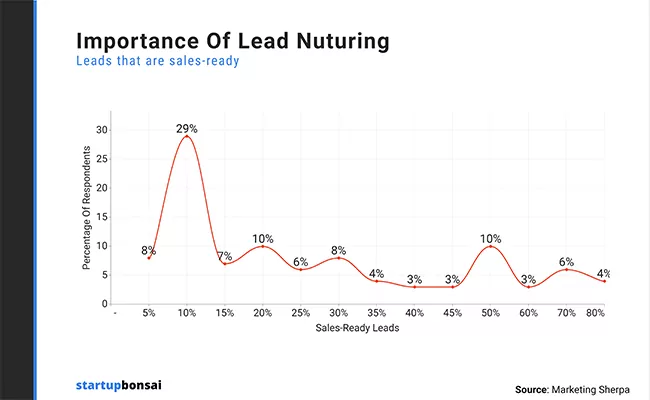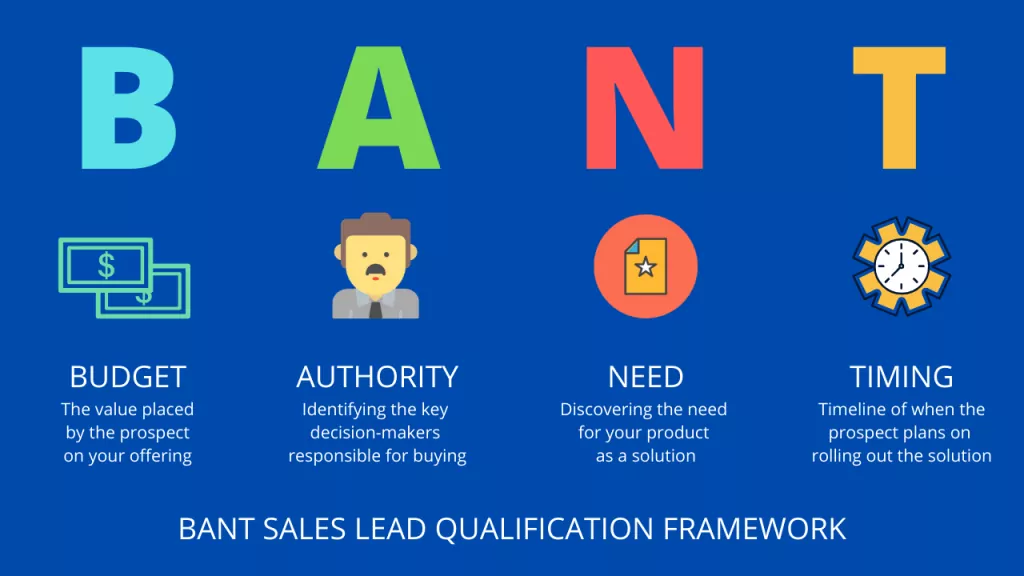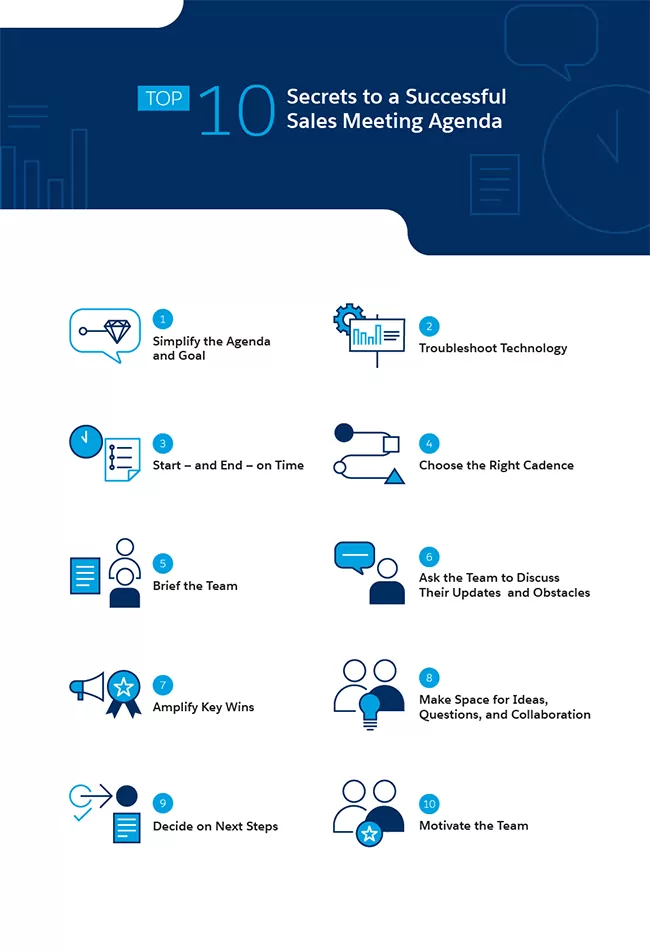Odds are, you see a lot of leads come into your business. But did you know that two-thirds of all leads aren’t ready to make a purchase? As a result, your team’s job is to engage with those people and nurture those relationships so they buy your product or service. Lead qualification comes into play because it can help you determine which leads are most likely to convert. And to implement this practice, you’ll want to use the BANT framework to select your top leads.

Source: StartupBonsai
What is the BANT framework, you ask? In this article, you’ll discover what this four-step process is so you can determine how qualified a particular lead is. Here are some tips on how your company can effortlessly incorporate this process into your daily sales practice.
Key Takeaways:
- Taking the time to qualify your leads allows you to weed out those who aren’t likely to purchase, meaning you can direct your time and attention to nurturing the prospects who want to buy.
- The BANT acronym stands for Budget, Authority, Need, and Timeline. By answering the questions that correspond with each stage, you can determine whether someone is ready to buy or not.
- Educate your team on the BANT framework and encourage them to have practice sales calls with others so they’ll become more confident with asking important questions.
What Is the BANT Framework?
A fun fact about the BANT framework is that it’s not a new concept. It was initially created by IBM in the 1950s as a sales qualification process. It allowed sales teams to qualify leads based on four key areas. Those areas include budget, authority, need, and timeline.
Source: Medium.com
This framework’s intention was to make the sales process more efficient, ultimately shortening the sales cycle. Plus, it provided a way for sales teams to weed out unqualified leads who weren’t likely to buy. This way, they could instead direct their time and energy to their top prospects.
To help you effectively implement the BANT framework, there’s a question you should ask at each stage:
- Budget: To put it simply, can your prospective buyer afford your offering? You need to determine how much they can spend based on their budget. Also, would they be willing to spend what you’re asking for your offering, or is it more than they’re comfortable with spending?
- Authority: Does the prospect in question have the buying power in this situation? Sometimes a lead will come into your business, and they don’t have the authority to make a purchase. Instead, they’d have to refer to someone higher up for approval. It’s best to make sure your primary point of contact is one of the decision-makers at the company so you can close more sales.
- Need: Do you think the prospect needs your product or service? It’s important to establish what their pain points are to determine if your offering will provide an appropriate solution. If you don’t believe your offering is a good fit, you’ll know not to continue pursuing that lead.
- Timeline: How much time will the prospective buyer need before committing to the purchase? Is it urgent, meaning they’ll want to purchase right away? Or are they not in a rush? You’ll want to focus on those looking to buy sooner rather than later. You can follow up with those who aren’t in a hurry later or create urgency by offering a limited-time discount.
While on sales calls, all you need to do is ask prospects the aforementioned questions to essentially qualify or disqualify them. Then, you’ll know where your sales team should direct their focus.
How to Make the BANT Framework Work for You
Now that you clearly understand how the BANT framework works for lead qualification, you may be wondering how to implement it and make it work for your company. To help you out, here are some handy tips that will instill confidence in your team and their sales skills:
1. Educate Your Team on the Basics of the BANT Framework
Since the BANT framework will likely be a new concept to the members of your sales team, you’ll want to take the time to educate them on how it works. Break it down, step by step. You can take it even further by encouraging them to have practice sales calls with one another so they can feel more comfortable asking the designated questions to qualify each lead they connect with.
2. Invest in Digital Tools to Track Sales Tasks
One of the great things about today’s digital age is that there are tools to help you do pretty much anything. And there are plenty of great options you can invest in on behalf of your sales team. These tools will allow you to store data such as a lead’s personal and contact information. They can also assist in tracking various tasks your sales team needs to complete daily.
Not only is this great for keeping your team organized and boosting efficiency, but you can also log into your preferred tool to see what each team member is doing while on the job. It’s also easier for everyone to share information internally when they’re all using the same tool.
3. Conduct Regular Meetings to Review the Progress
Team members often get accustomed to working on their own, so having regular meetings is a great way for everyone to come together. Consider scheduling them bi-weekly or monthly.
During each meeting, the team can share their wins and any tips or tricks they may have picked up that would be beneficial to others. It’s also the perfect opportunity for them to ask questions if there’s something they’re unsure about. Addressing those things will ultimately instill more confidence in their sales and communication skills.
Source: Salesforce
You’ll also want to review progress at these meetings to see if you’re on track to hit your sales goal. If not, you’ll know to encourage and motivate your team to work harder so you don’t fall short. Also, should you notice that someone on the team isn’t pulling their weight, this is your chance to pull them aside after the meeting to discuss their on-the-job progress.
Nurture Your Leads Through Marketing Automation
An important aspect of implementing the BANT framework is nurturing your relationship with your leads, so they’ll feel confident and ready to buy. Here at MXTR, we can help you with marketing automation so you can effortlessly generate and manage leads.
Want to learn more? Schedule a demo for more details.









